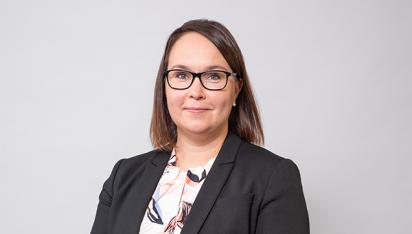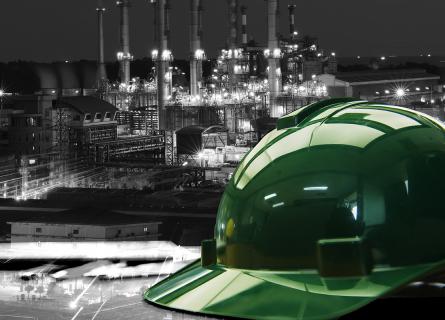
Consequence analysis for industrial plants
Our experienced experts at AFRY can execute consequence modelling for various types of plants and scenarios and support in identifying and analysing hazards and selecting correct scenarios for modelling.
The purpose of consequence modelling is to demonstrate the impact of a chosen hazardous event scenario to the surroundings as a heat radiation intensities (heat radiation), blast-wave overpressure effects (overpressure) or concentration values of hazardous gases (dispersion). Modelled scenarios are typically chosen based on the worst credible case principle from scenarios identified in risk analysis.
According to the Seveso III Directive (Directive 2012/18/EU) the plant must be located in such a way that possible accidents causing heat radiation, overpressure or dispersion of hazardous gases at the site will not cause serious damage to off-site buildings, equipment, structures or harm to people. The possible hazardous event is not allowed to prevent people from being evacuated from the impacted area. Hazardous effects of accident on possible adjacent plants (domino effects), units or functions at same facility must also be taken into account. Therefore, results of consequence analyses shall be taken into account in land use planning and also in plant layout.
Consequence analysis consists of:
- Essentials of the modelled scenario: why the scenario was chosen and description of the scenario along with all relevant input data, including information on surrounding conditions.
- Description of used calculation methods.
- Description of underlying assumptions related to scenario and used hypothesis.
- Description and explanation of the results, verbally and visually.
- Reliability assessment of the results.
- Possible suggestions or recommendations for actions to improve safety
When defining the scenario for consequence modelling, an initiating cause is identified, which leads to an accident and exposes the area to the hazardous consequences. Typically, initiating causes are identified in risk analyses, like in Major Accident Hazard (MAH) analysis, to identify realistic possible hazardous scenarios for consequence modelling. Generally, modelled accident scenarios are initiated by external causes like incorrect operation, colliding objects or failures in process, like equipment or instrument failure. There is a huge variety of possible scenarios with different chemicals, sizes of leaks and volumes causing different type of hazards, depending on the process. Some scenarios required to be modelled can be pre-defined by local supervising authority, based on the national legislation.
Our experienced experts at AFRY can execute consequence modelling for various types of plants and scenarios and support in identifying and analysing hazards and selecting correct scenarios for modelling. If risk of hazardous scenarios exceed acceptable level, also solutions for safeguarding to eliminate or mitigate the impact of the scenario are presented.

Interested in our offering? Contact us!
Contact Anna Savunen

Interested in our offering? Contact us!



